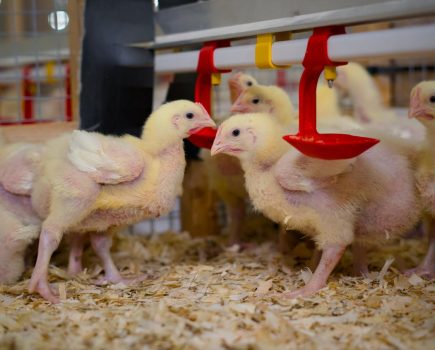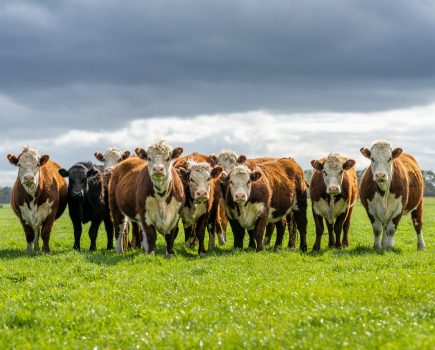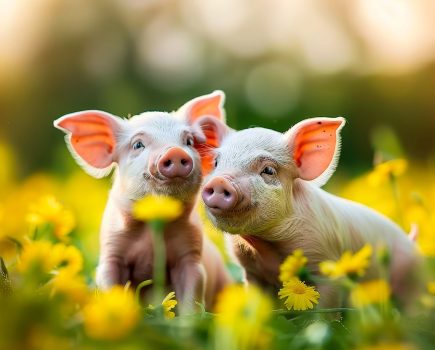Ram Breeding Soundness Exam for maximising lambing performance
Ram fertility testing is an excellent way for breeders to prove their rams prior to sale, but can also be a vital part of ensuring an efficient lambing season and maximising lambing percentage.
In single-ram mating systems it is highly important to guarantee the fertility of your ram as it is likely to still be jumping the ewes without producing results, leaving you with your trousers down when it comes to scanning time.
In multi-ram systems sub-fertile rams will be competing with fertile rams to cover ewes, leading to a lengthened lambing period if sub-fertile rams are going unchecked in your flock, especially if the sub-fertile ram is dominant. True infertility in rams is rare, but subfertility is more common. If you are operating with a high ratio of ewes to rams this sub-fertility can have a marked effect.
Ideally we would test the rams at least 10 weeks before tupping; sperm take six weeks to mature, so if any treatable issues are discovered during the test we have time to treat and for new, unaffected sperm to be produced before the rams start working. If the ram is found to be sub-fertile with no treatable cause, this allows time for a replacement ram to be sourced.
Rams should be rested from the ewes for at least three days before the test to increase their chance of producing a representative sample.
The ram fertility test has three main parts:
1. A Ram MOT; a general health check and physical exam including careful checking of teeth and feet to ensure he can tup successfully and keep his condition well over the season. Ideally his body condition score would be around 3.5 at the beginning of the season.
2. A specific exam of prepuce, penis and testicles; we examine the prepuce and penis to check that everything moves freely, that his urethral process is intact and that there are no lesions of concern. We check that the testicles are firm (approximately as firm as a tensed bicep), an even size and have an even consistency with no lumps present. We then measure around the testicles: a general guide for scrotal circumference is around 35cm or higher for an adult ram, although this varies between breeds.
3. Collection and examination of semen sample. This is achieved by either an artificial vagina or an electroejaculator probe inserted into the rectum. Once the sample has been collected we examine it under a microscope.
The sample is analysed in four ways:
1. Gross appearance: looking for any blood or pus present in the sample and the general consistency, which can range from watery to thick/creamy.
2. Gross motility: under the microscope, seeing how much the sperm are moving as a whole.
3. Progressive motility: whether individual sperm are moving forwards in straight line (sperm with incorrectly formed tails may swim in circles).
4. Morphology: looking at individual sperm cells to check they have straight tails and properly formed heads.
It should be noted that fertile rams will not always produce a satisfactory sample, and in the case of a failure based on the semen sample rams should be re-tested at least one week later. On the day of the test your vet will probably need access to mains power and ideally a table for a microscope and water-bath to keep the sample at body temperature.
Sperm are sensitive to temperature, so if the weather is poor on the day of testing it would be ideal to be working in a well-sheltered area. Additionally, if possible the ram or rams should be in sight of other sheep and handled quietly to minimise stress.
Ram breeding soundness examinations are an excellent way to increase the reliability of fertility in your flock and can give you peace of mind looking forward to scanning and the spring.
Sophie grew up on a fourth generation dairy farm near Lewes and graduated from the Royal Veterinary College in July 2022, when she started at Westpoint Horsham. Alongside her love of all things dairy, Sophie has a keen interest in ram and bull fertility.








